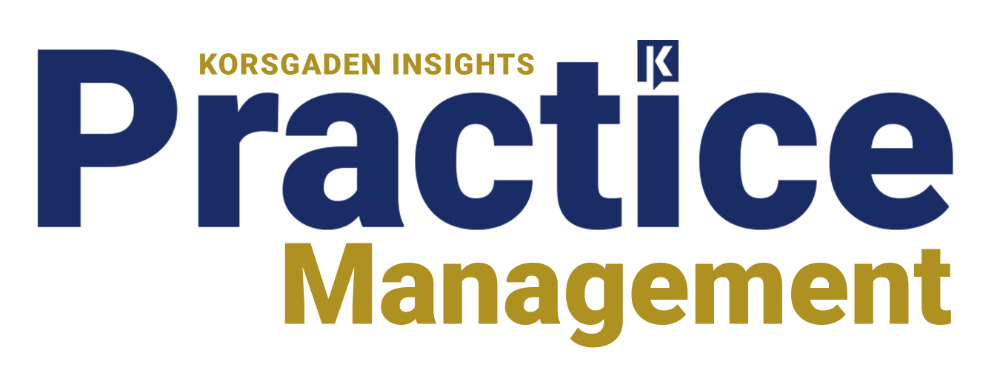Ready For Takeoff

A strong business plan enables your business to take flight.
I fly a lot for my business, traveling across the globe for days and weeks at a time. Nine times out of ten, the flight is uneventful, with everything going according to plan.
Recently, there was an emergency during one of my flights. A man had a heart attack 30 minutes before we were scheduled to land. This could have created havoc among the crew and passengers, but the captain oversaw everything flawlessly. Everyone was calm and quiet, and the pilot walked everyone through what to do step-by-step. He and his crew were successful because they had a rocksolid plan that prepared them to take action in many different situations.
What if the pilot and crew had no plan at all? What would have happened? Or, what if they had a plan but took no action? Without action, a plan is just a wish.
You need the same kind of comprehensive business plan for your organization – one that not only ensures a safe “flight,” but also enables you to take your business to greater heights, even when you encounter turbulence and unexpected emergencies.
Get everyone on board before takeoff
Think for a moment about that pilot and the plan that he executed right before my eyes. He didn’t write the plan by himself, and you shouldn’t either – unless you are a business of one (and even then, it is good to get feedback from people you trust and respect).
Before putting pen to paper, gather key stakeholders, including representatives from every department – marketing, service, sales, etc. – as well as business principals and leaders. This is important for two reasons. First, to get buy-in, your business plan must reflect every department. Second, it will ensure the plan is comprehensive, and individual and team goals align with your organizational goals.
Determine your flight plan
After you gather your stakeholders, do a retrospective on what happened in the previous year and then look at the state of the business today. What worked or didn’t work? Where did you succeed and what unexpected challenges did you encounter? What changes took place in the past year that might require you to rethink strategies?
You must examine where you have been and where you are today before you can determine the best way to get to where you want to go. Think about it – would you get on a plane with a pilot who did not know the condition of the plane or the best route for arriving safely at the destination? I know I wouldn’t.

Next, work as a team to define your business-level goals. Then develop goals for each department and each team member. These goals should be aligned from top to bottom and bottom to top. Your business goals cascade down through the organization, driving activities. And activities cascade up through the organization, driving results. And, of course, all goals must be specific and measurable.
Every goal must have related strategies and activities. Remember, without action, a plan is only a wish. You must also identify how you will measure and monitor the success of your plan. Establish key performance indicators at every level, from individual activities (calls made, daily appointments, etc.) to organizational results (production, retention, etc.).
Elements of a strong business plan
When crafting your organization’s business plan, address the critical elements that drive growth. Five strategic focus areas are:
- Organizational structure and staffing. What is your organizational three-tofive- year vision, and what steps will you take this year to move toward it? Assess your current team, and determine where there are gaps. Who needs additional development? What roles should be filled with new team members?
- Business development. How will you generate leads? What opportunities are there within your current book of business? How many appointments are needed each day and across which lines of business to achieve your goals? For consistent growth, I recommend scheduling 10 agency appointments daily.
- Client retention. What will you do to deepen client relationships and stay top of mind? How will you ensure client satisfaction – even better, how will you surprise and delight your clients with unrivaled service? Client experience is the true differentiator today. Examine the client journey and identify opportunities to remove frustration, eliminate bottlenecks, and provide even greater levels of service.
- Operational alignment. Operational alignment occurs when both people and processes are aligned with your purpose. Streamline and standardize processes wherever possible. Inconsistency in how processes are executed is one of the most common challenges I encounter in organizations I work with. Identify critical workflows and document them. Provide templates, talk paths, and training for team members to ensure everyone is providing the same information to clients.
- Culture and team engagement. Do you have a leadership framework in place that engages your team in growing the business? Is your culture so strong that your team is excited to refer their family and friends? Studies have shown that culture and the work environment are key drivers of performance, productivity, and retention. Be intentional in how you build yours.
When should you plan?
It is important to plan at the same time every year. In our profession, October is the standard planning month. By planning for the new year in the fall, you have time to assess where you have been, where you are today, and where you want to go. Define and refine your plan together with your stakeholders on an annual basis. Get buy-in and have your team identify specific goals and activities to match the plan. Then, finalize it in time for takeoff. We start executing our plan in the middle of December so that we are in flight by the first of the year.
If you start planning too late, you will be playing catch-up all year, constantly dealing with flight delays and cancellations. That is why on-time annual planning is key.
Prepare for the unexpected
You know what they say about the best-laid plans of mice and men – despite the best of plans, things can and often do go wrong.
For a pilot, it can be severe weather, mechanical failure, or, as I witnessed, a medical emergency. In insurance and financial services, these potential emergencies or times of turbulence are called the “parade of horribles.” This can include increased rates, capacity issues, a key team member taking a new job, and phones or laptops dying. The list goes on and on.
To prepare for your parade of horribles, ask what-if questions. For example, I had a plan for what to do if I couldn’t meet with clients in person. And even though I could never have predicted the COVID-19 pandemic, I was able to continue working when things shut down.
Always think through the worst-case scenario. I have a plan for what happens to my business if I die. Planning for success means having emergency and contingency plans for as many scenarios as possible, even the most uncomfortable ones.
Make an appointment with yourself to start planning
I’ve been planning for my whole business career. My first plan was one page and my most recent plan was 150 pages! Over the years, my planning skills have improved. And yours will too. It doesn’t matter how new you are to business planning; the key is to get started. Schedule time on your calendar every week to work on your business plan – whether you are building it, reviewing it, or revising it. Your business plan is your path to success.
You can set your business up to take flight and grow according to plan or you can wing it and hope for the best. It’s your choice.

Troy Korsgaden is a highly sought-after Insurance Carrier Consultant. He is the principal of Korsgaden International, which specializes in global marketing, distribution, agency building and technology strategies for many of the world’s largest insurance carriers and financial services companies.
As a consultant, platform speaker, and author of seven books, Korsgaden’s mission is to help the insurance industry and its representatives wake up to the radical transformation taking place in the insurance industry. He helps those in the industry learn how to better communicate with consumers, so that consumers develop a higher appreciation for the value of insurance products.
In his career, which spans over three decades, Korsgaden has consulted and spoken with hundreds of thousands of executives, agents, brokers, and team members. A widely respected expert on the seamless distribution ecosystem. Korsgaden trains corporate insurance and financial services leaders on customer service, change management, technology, and transformational work, among many other key topics.
The author can be reached at [email protected]
For information on Carrier Consulting [email protected]
To book a live presentation email: [email protected]

